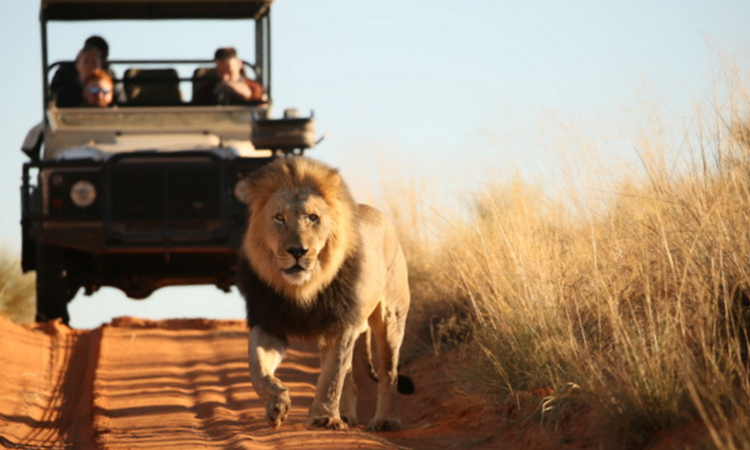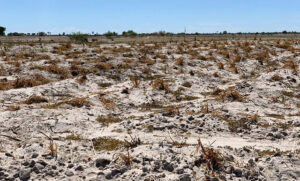[ad_1]
NAMIBIA has the lowest Covid regulations stringency index among its main tourist markets, which bodes well for the country’s marketing initiatives to attract tourists.
According to data analysis by Simonis Storm, Namibia has not recorded a new Covid case since 4 July 2022, and the last time a Covid related death was recorded was on 31 August 2022.
“About 19,8% of the total population is now fully vaccinated, about a third of the government’s target of 60%,” said Simonis.
The latest annual national accounts data shows an expansion of 8,8% in the hotels and restaurants sector of the economy.
Simonis said while the hotels and restaurants sector only accounts for 2% of gross domestic product (GDP), this is only a proxy for the tourism sector, and excludes the spillover or indirect benefits to other sectors of the economy.
Studies conducted by GIZ and the Namibia Tourism Board have shown the tourism sector’s share of GDP to be as high as 15%.
“Being able to absorb unskilled workers in the sector, a continued expansion in tourism activities will be beneficial in replacing lost jobs following the lockdown induced recession,” said Simonis.
A national occupancy rate of 51,0% was recorded during July 2022, compared to 32,1% in the prior month and 11,9% in July 2021, according to the Hospitality Association of Namibia (HAN).
This is the highest occupancy rate recorded since December 2019. Year to date, the national occupancy rate averages 32,7%, compared to 20,2% for the same period in 2021, showing an improvement in tourist inflows.
The proportion of Namibian guests at local hospitality establishments continues to decline as more foreigners visit, decreasing from 34,0% in June 2022 to 17,9% in July 2022, said HAN.
Central Europe remains Namibia’s key tourist market, contributing 57% of total guests, with 31,3% of guests in July 2022 travelling from Germany, Switzerland and Austria combined.
South Africa contributed 12,2%, Benelux 10,9%, France 7,3% and the US and Canada combined had 4,3%.
Regarding purpose of travel into Namibia, 95,4% came for leisure, 2,7% for business and 1,8% for conferences.
“Hospitality establishments in the central area recorded the highest occupancy rate at 58,1%, followed by the northern area at 51,3%, southern area (50,3%) and coastal area (45,9%) in July 2022,” said Simonis, adding that local tourism might be limited in the near future as local travellers battle with expensive food, fuel and accommodation prices.
Indeed, the hotels, cafés and restaurants category recorded high single digit inflation rates in recent months – averaging 9,0% year to date.
“Disaggregating this main category, we see that accommodation services only recorded double digit inflation rates and averages 15,1% year to date. This is evident that local hospitality establishments have little capacity in absorbing a rise in input costs of electricity tariffs, food, fuel, wages, etc,” said Simonis.
According to HAN, there are strong and multi-faceted marketing efforts being carried out to promote Namibian tourism in Europe.
“Namibia’s presence in brochures and media productions (both print and electronic) are encouraging,” said HAN.
Namibia currently enjoys prominent presence in promotional offers and material of key outlets in Germany, where tours to Namibia are part of various holiday packages offered across the globe.
“The tourism sector remains a key driver of economic activity in 2022 in our view, supporting our 2,5% GDP growth forecast for the year. It certainly is a sector of the economy that has a very low base to grow from. We remain positive on the developments that we observe in the monthly data and expect to see other sectors like transport, retail and professional services benefiting as well,” said Simonis.
[ad_2]
Source link




